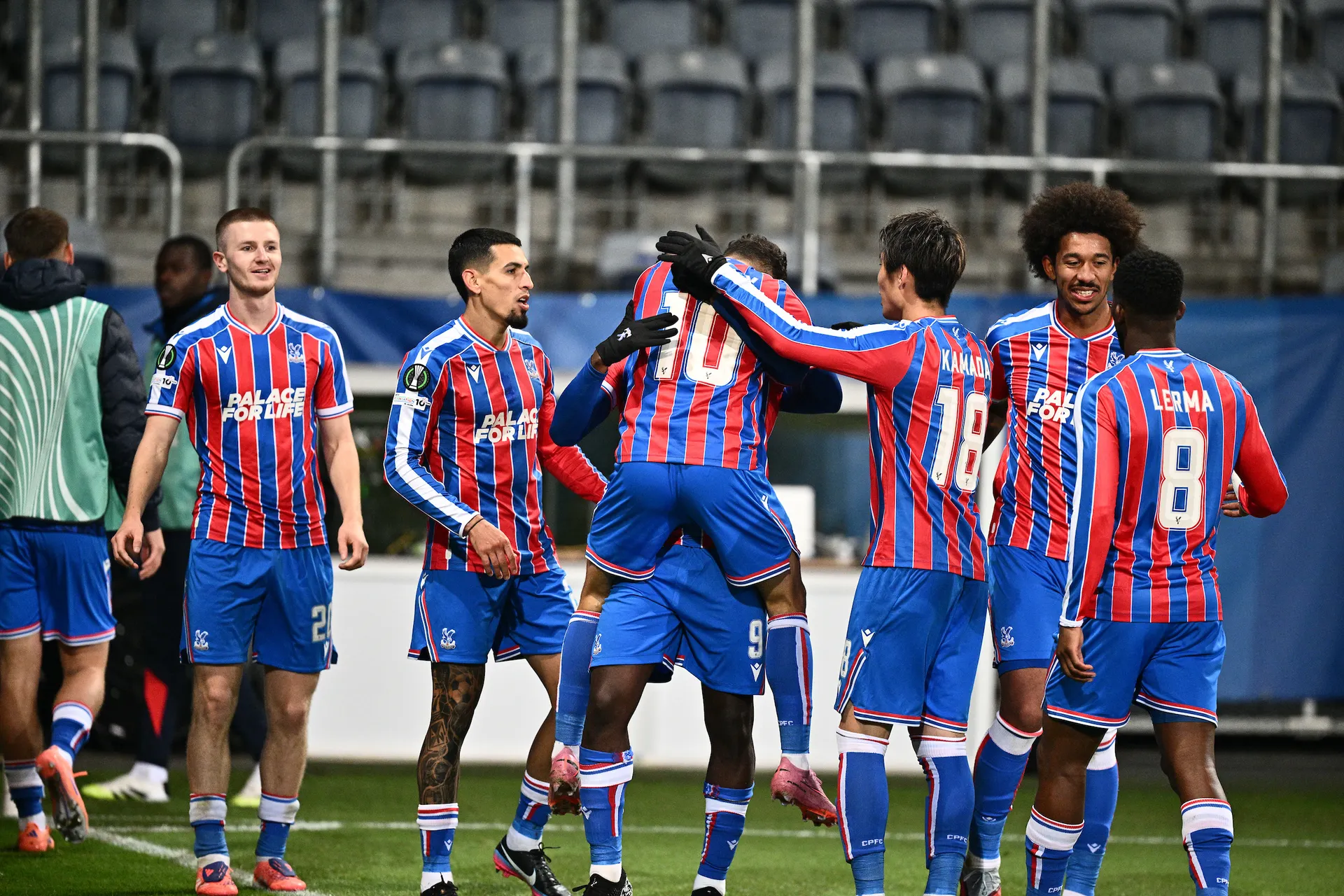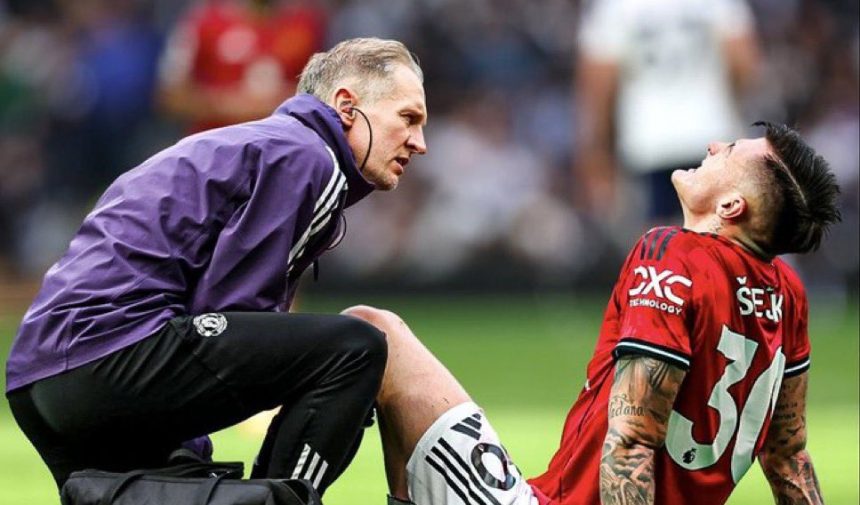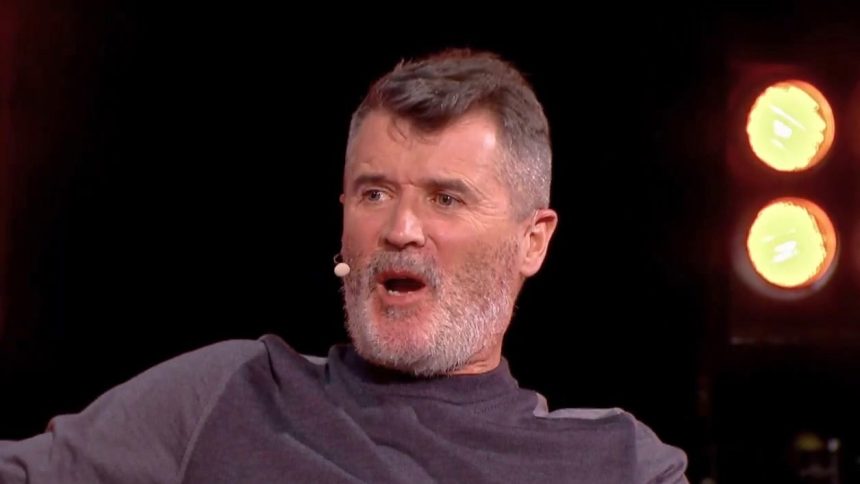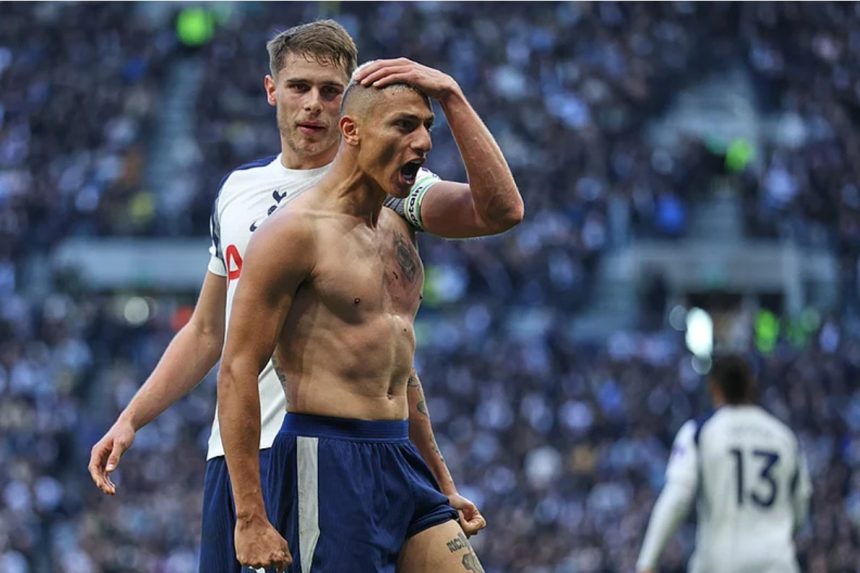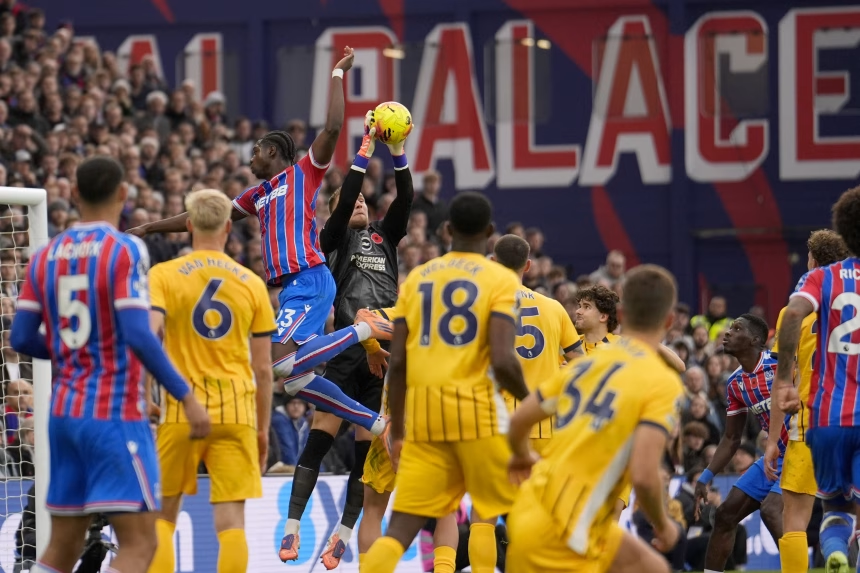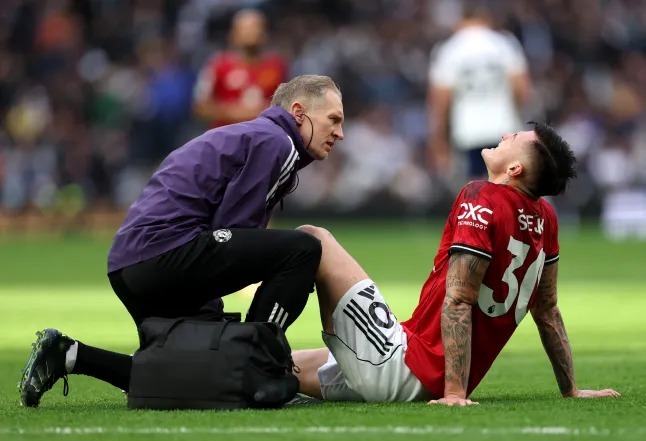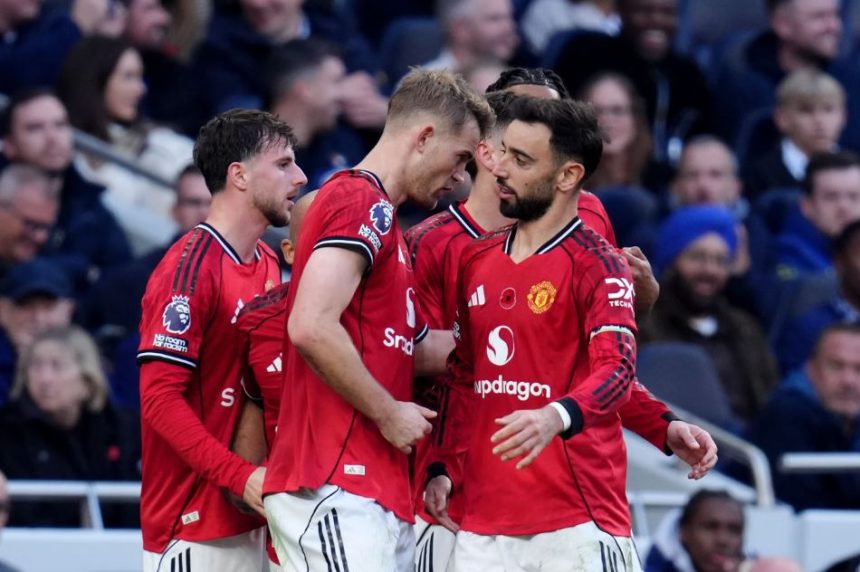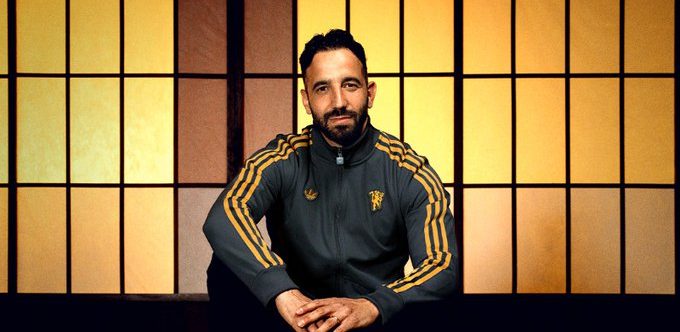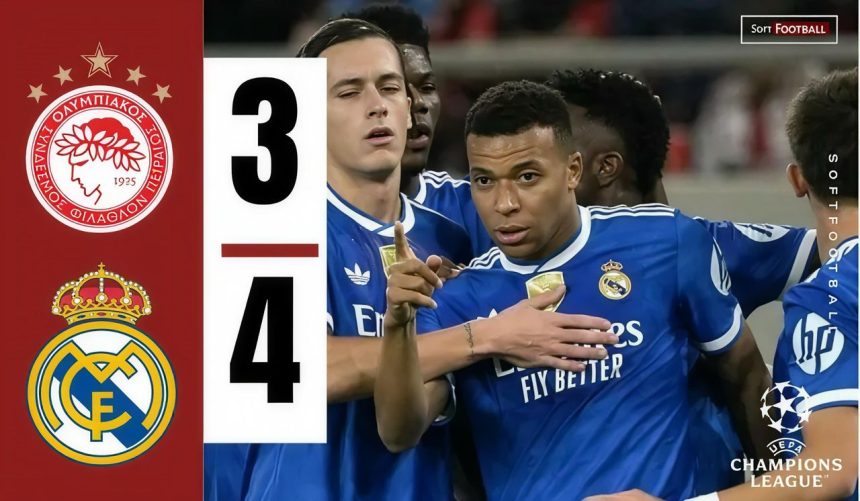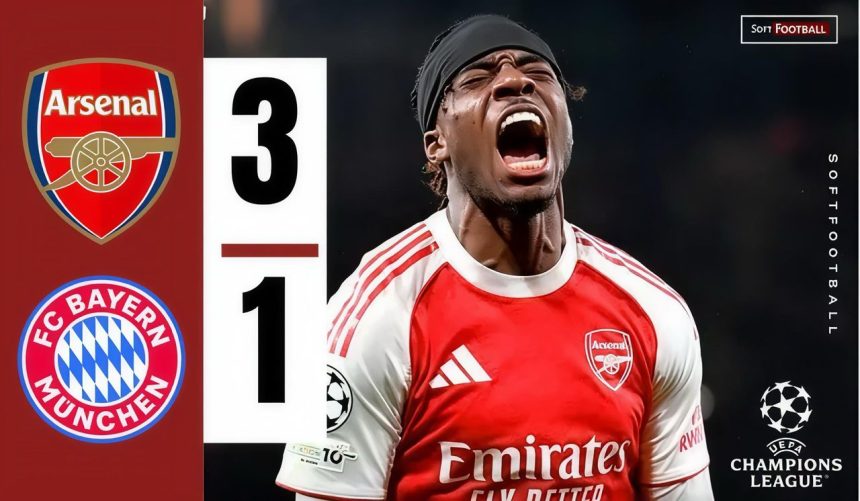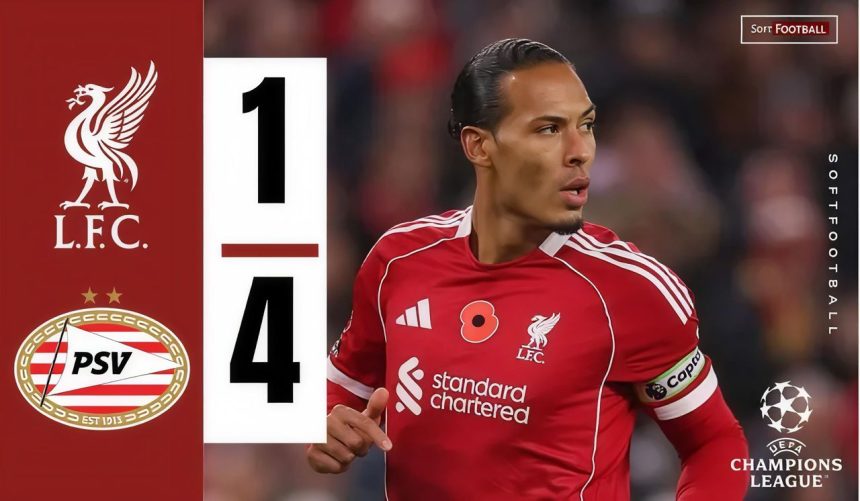The adage that “what elders see sitting down, young men cannot see standing up” finds a compelling modern parallel in football management. Softfootball aptly describes the contrasting application of the 3-4-3 formation by two of its most notable proponents: Crystal Palace’s Oliver Glasner and Manchester United’s Rúben Amorim. While they share a tactical blueprint, their philosophy, flexibility, and ultimately, their results, are worlds apart, revealing a chasm carved by experience.
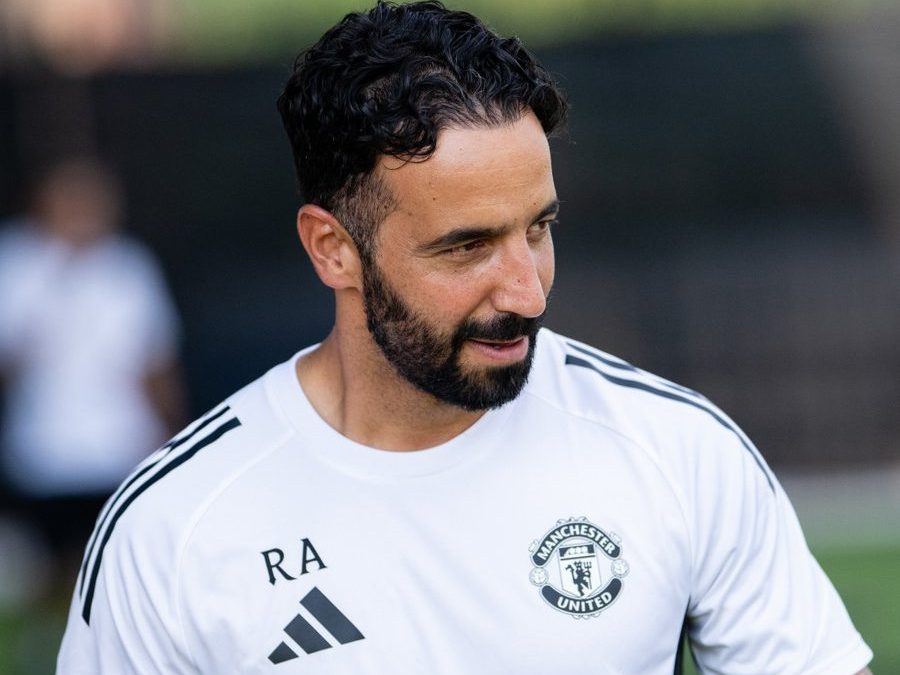
For Amorim, the 3-4-3 is not just a formation; it is an emotional and professional salvation. Early in his managerial career at Casa Pia, facing the brink of dismissal after consecutive losses, he switched to this system in a desperate gambit. It worked, saving his job and setting him on a meteoric rise. The formation became his identity, propelling him to break Braga’s trophy drought and, most famously, to deliver Sporting Lisbon’s first league title in 19 years. Across his tenures at Casa Pia, Braga, and Sporting, Amorim’s rigid adherence to the 3-4-3 yielded a remarkable and consistent win rate of around 70 percent. But recently, Amorim has declared that the EPL is difficult to compete in, which could be said to be because of the pressure he has faced since he joined the Red Devils.
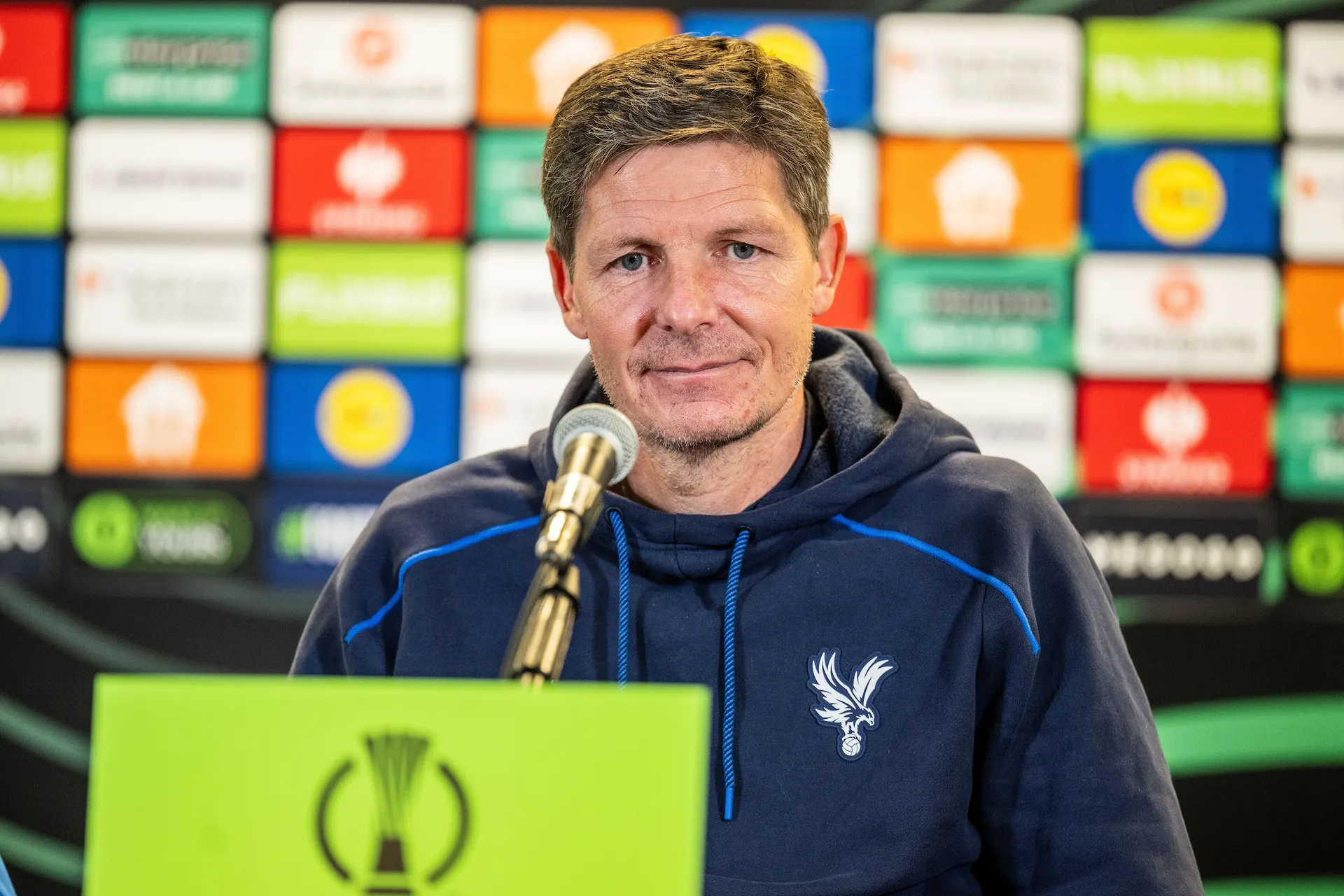
However, at Manchester United, the magic has faded. That stellar win rate has plummeted to below 40%. This stark decline suggests that while the system is potent, its successful implementation at a club under United’s immense pressure and scrutiny requires more than fervent belief. Having lost more games than won, with the recent one against Brentford in an unfashionable and shameful manner. It demands the seasoned, pragmatic perspective of an “elder” like Oliver Glasner.
Glasner’s relationship with the 3-4-3 is not one of dogma but of design. His career, which began six years before Amorim’s in 2014, has been a masterclass in building competitive teams at historically mid-table clubs. His overall win rate, a modest sub-50%, belies a record of profound impact at every stop. He led LASK from the second division to a top-four finish, secured Wolfsburg a spot in the Champions League, and achieved the pinnacle of his career by guiding Eintracht Frankfurt to a UEFA Europa League title. Currently, Palace is blistering under Glasner; they have beaten Liverpool on two occasions in a resounding fashion.
Unlike Amorim’s unwavering faith in a single structure, Glasner treats the 3-4-3 as a flexible framework.
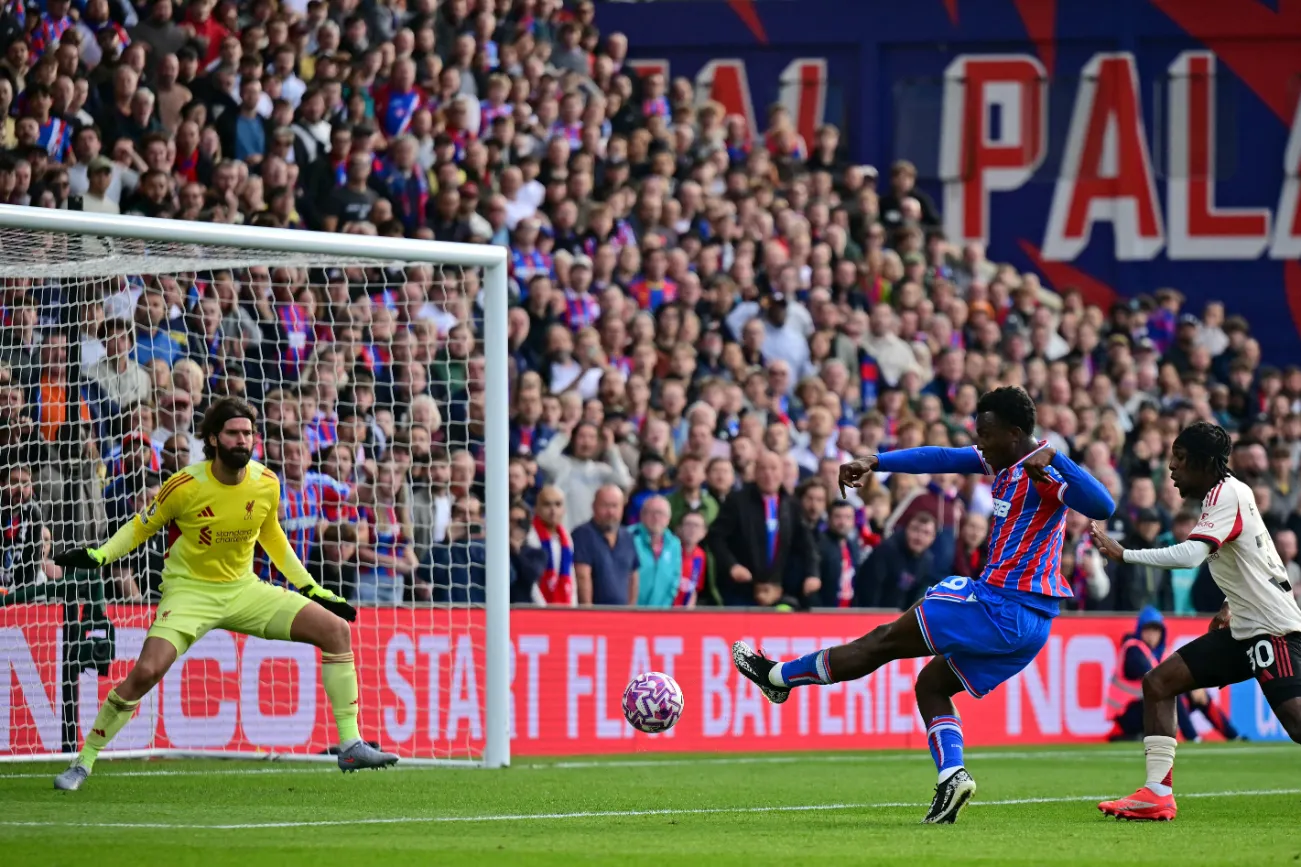
Watch Eddie Nketiah’s stellar strike for Palace in their first-ever European win against Dynamo Kyiv that ended 2-0 on Thursday night, as revealed on the club’s official X handle:
We told you, your defence is in trouble Nketiah in the room pic.twitter.com/uhaySt6051
— Crystal Palace F.C. (@CPFC) October 3, 2025
This is the core of their difference: Amorim has one answer, while Glasner has multiple variations on a theme. Having managed clubs with fewer resources, Glasner’s priority is defensive solidity. His system often morphs into a flat back five without the ball. In possession, it fluidly shifts into a 3-4-2-1, a 3-3-3-1, or even a 3-3-1-2, depending on the opponent and his personnel. This adaptability is his greatest strength.
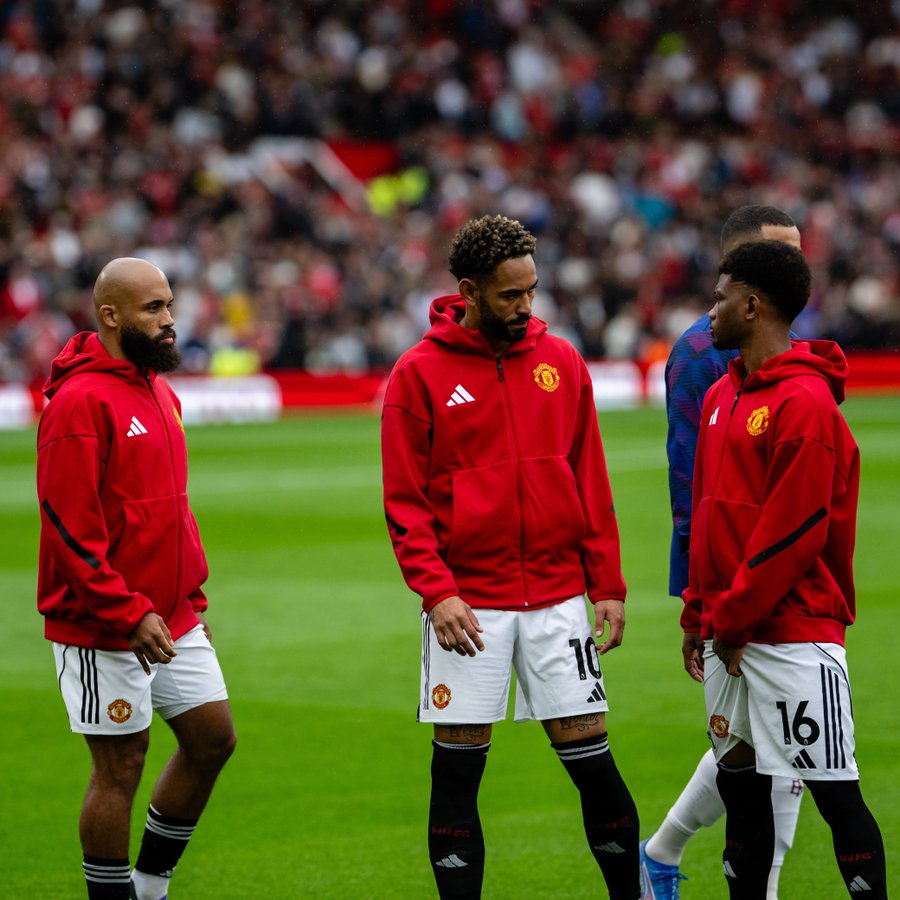
His system is designed to isolate opposition wingers and overload the flanks in attack, all while providing a robust platform for his signature pressing triggers.
The pressing philosophy further highlights their divergence. Glasner’s press is a calculated trap, often sprung as the opponent approaches the halfway line. The objective is to regain possession and create explosive transitions swiftly.
His training drills are renowned for instilling defensive compactness and a nuanced understanding of pressing angles. In contrast, Amorim’s press is more integrated into a possession-based model, reliant on his double midfield pivots to step up, break lines, and construct plays through short passing sequences rather than seeking immediate vertical transitions. Amorim expects his centre-backs to step into midfield to create passing lanes, a tactic that requires immense technical confidence.
When evaluating a potential fit for a club like Manchester United, this contrast becomes critical.
The current United squad possesses the key components for Glasner’s system: strong wing-backs, creative players for the number 10 roles, and a capable lone striker. The one drawback might be Glasner’s tendency to cede possession and avoid a constant high press, a style that may not suit the “Theatre of Dreams” ethos.
Yet, in the final analysis, experience and flexibility hand Glasner the advantage. Amorim’s one-tactic identity, while brilliant in a stable environment like Sporting, has proven brittle under the magnifying glass of Old Trafford.
Glasner, though, has never managed a European giant but has consistently overachieved by adapting his core principles to his context. He doesn’t force a square peg into a round hole; he reshapes the peg. For a club in United’s state of flux, that pragmatic, experienced vision, what the “elder” sees from his seat, may be the very thing needed to build something lasting, rather than just believing in a system that once worked.


